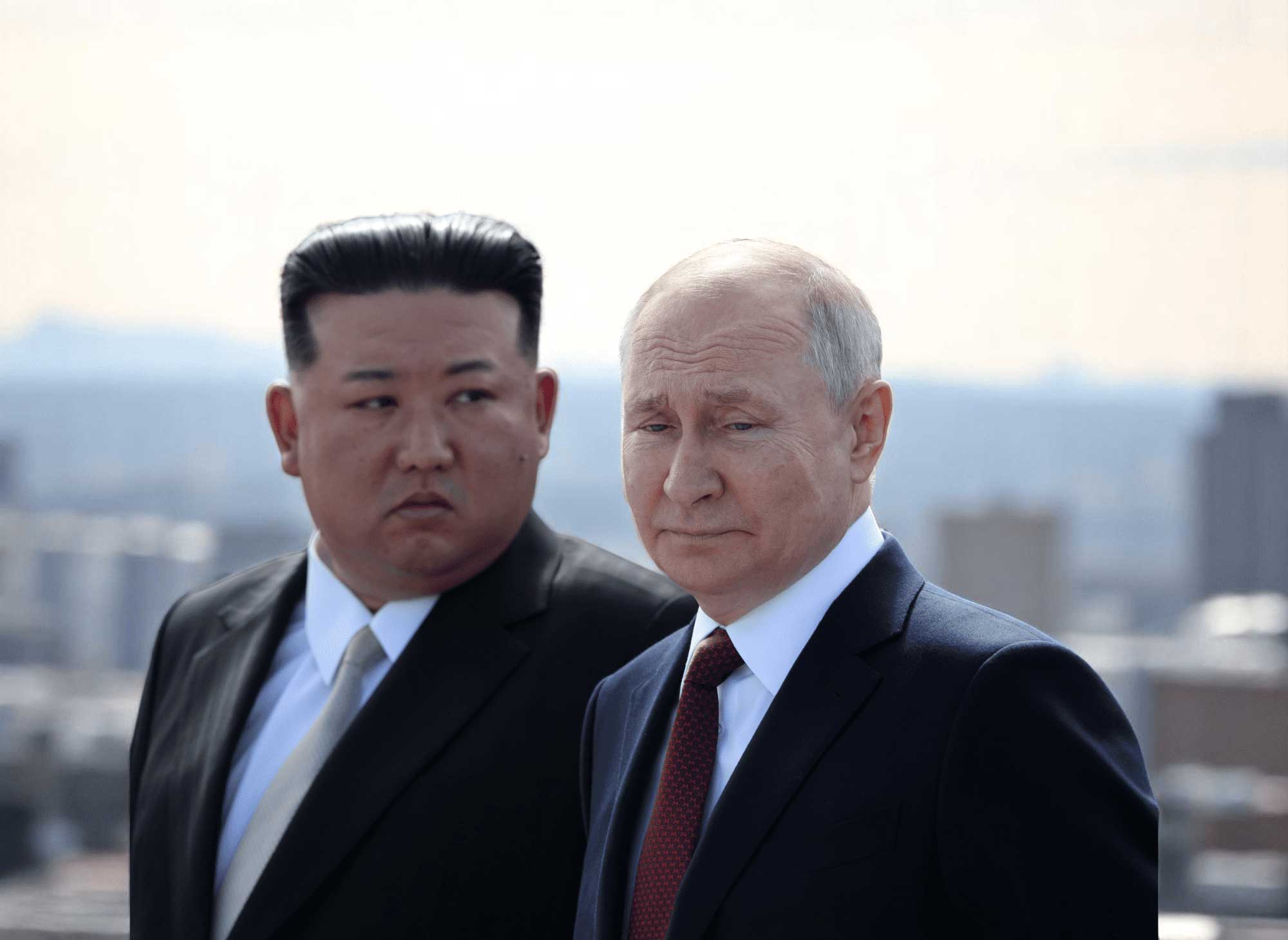North Korea’s involvement in Russian public and military affairs has returned to the spotlight after officials from both countries confirmed the presence of DPRK troops in Russia’s Kursk region. While Pyongyang’s direct contribution to the war effort remains limited, the symbolic value of this cooperation is significant for both sides. For North Korea, it is a signal to Beijing that it has strategic alternatives – and a chance to assert itself as a relevant international player. For Russia, it offers a way to showcase an emerging anti-Western coalition and to soothe domestic anxiety over the prospect of renewed military mobilisation.
A symbolic coalition
Amid deepening ties between Moscow and Pyongyang, speculation over the possible participation of North Korean troops in Russia’s 9 May Victory Day parade on Red Square has taken on new significance. Reportedly initiated by North Korea itself, such a move would reinforce DPRK’s relevance on the global stage and demonstrate its ability to shape relationships with powerful states.
For the Kremlin, North Korea’s presence would serve as a foreign policy signal – a visual assertion of a broader anti-Western alliance. Against the backdrop of uncertainty in US-South Korea relations, overt engagement with Pyongyang enables Moscow to push a narrative in which Western dominance is in retreat and alternative centres of power are rising.
Still, this growing alignment is not without risk. China – Russia’s principal strategic partner – views Moscow’s closer ties with Pyongyang with concern, worried that it could undermine Beijing’s own influence over North Korea and strain Sino-Russian relations.
North Korean troops as a substitute for Russian mobilisation
Domestically, the military partnership with North Korea plays a different role. For the Russian public, it suggests that the state has access to external military resources and may be able to avoid launching a second wave of mobilisation. The partial mobilisation announced in September 2022 inflicted a deep psychological shock. According to Levada Center polling, it caused the sharpest drop in public morale since the war began – more severe than reactions to the invasion of Ukraine in February 2022, and more disruptive than the economic crises of 1998 and 2008. The mobilisation reached into the private lives of millions and remains a deeply sensitive issue.
Even a limited North Korean military presence reinforces the Kremlin’s messaging. It helps sustain the illusion of wartime stability – that Russia can continue fighting without drafting more of its own citizens. Within a strategic framework that prizes manpower, the presence of “additional” allied forces supports a logic of continued offensive pressure without the political cost of expanded conscription.
Shells over soldiers
In practice, North Korea’s most substantial contribution has been ammunition. According to South Korean military intelligence, Pyongyang shipped around 13,000 containers of artillery shells to Russia between late 2022 and mid-2024. If each contained 152mm rounds, the total could approach six million shells. Given the scale and duration of the conflict, Russia’s urgent need for munitions makes this cooperation politically justifiable and incentivises Moscow to further deepen its ties with Pyongyang.
The deployment of troops, by contrast, is more symbolic than strategic – and has come at a cost. It is estimated that 10,000 to 12,000 North Korean soldiers have been sent to the front lines. According to South Korean sources, roughly 4,700 have been killed or wounded, prompting the partial withdrawal of some units. Russian sources now estimate the DPRK contingent at approximately 2,000 troops.
The nature of North Korea’s military involvement in the war against Ukraine is limited in its military effects, but significant geopolitically.
Peter Ward
Research Fellow at the Sajong Institute
Could Pyongyang send more troops? Technically, yes. Experts suggest North Korea could scale up its deployment to as many as 60,000 troops and employ a rotation system to give up to 100,000 personnel combat experience over time. However, this scenario remains unlikely. Deploying such large numbers risks destabilising Kim Jong Un’s regime: the return of battle-hardened soldiers from the front could trigger unpredictable social dynamics and potentially threaten the stability of the system.
For more context, please refer to the NEST Centre’s in-depth report on North Korean troops in Ukraine, which examines the regime’s role in the war and emerging anti-Western alliances.

